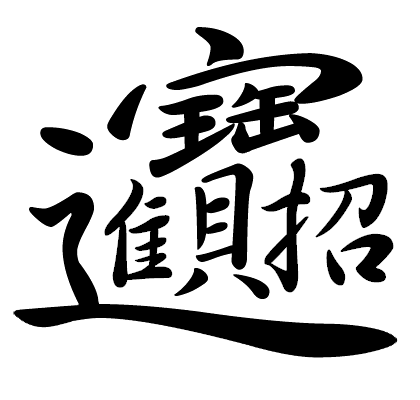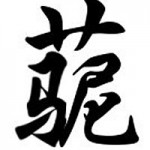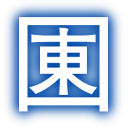Chinese Ligatures
After browsing the Chinese New Year wikipedia page (I was looking about for some greetings) I was instantly struck by the odd character close to bottom. My initial thought was that it was the Biang Biang noodle character, but lo and behold I was greeted by a ligature! This is when two or more graphemes, let’s just letters, or characters in this case are merged to form one unit. The Chinese New Year greeting in this case, 招财进宝 (meaning “ushering in wealth and prosperity”) has been made into one character.
Now, that is awesome. Here’s another one. Which is a little rude, but hey, these are for educational purposes. The one below is CaoNiMa, a combination of Grass Mud Horse (‘草’, ‘泥’ and ‘马’), which a is pun/euphemism on “Fuck Your Mom”.
Although ligatures seldom get adopted into the language, (thank god, cause I’d hate for Chinese characters to become even more complex), there has been one character that is sometimes used in signs, 圕, which is a combination of 图书馆, meaning library. I doubt you’d see some using 圕 in a sentence, but it’s interesting nonetheless. This actually reminds me, East Asia Student’s Logo is also a ligature! 東 + 囗!
Now, I hear you ask? Aren’t all Chinese character actually ligatures? Well, yes and no. A ligature is not traditionally a glyph that will be commonly used, thus these examples above, although technically characters, won’t be found in dictionaries. However, if these become adopted, then there’s no stopping them from not being ligatures. Chinese Characters, are thus probably more susceptible to transfer from being ligatures into a standard glyph in the language, than say alphabetic scripts. That’s probably where most characters originated in the first place.


